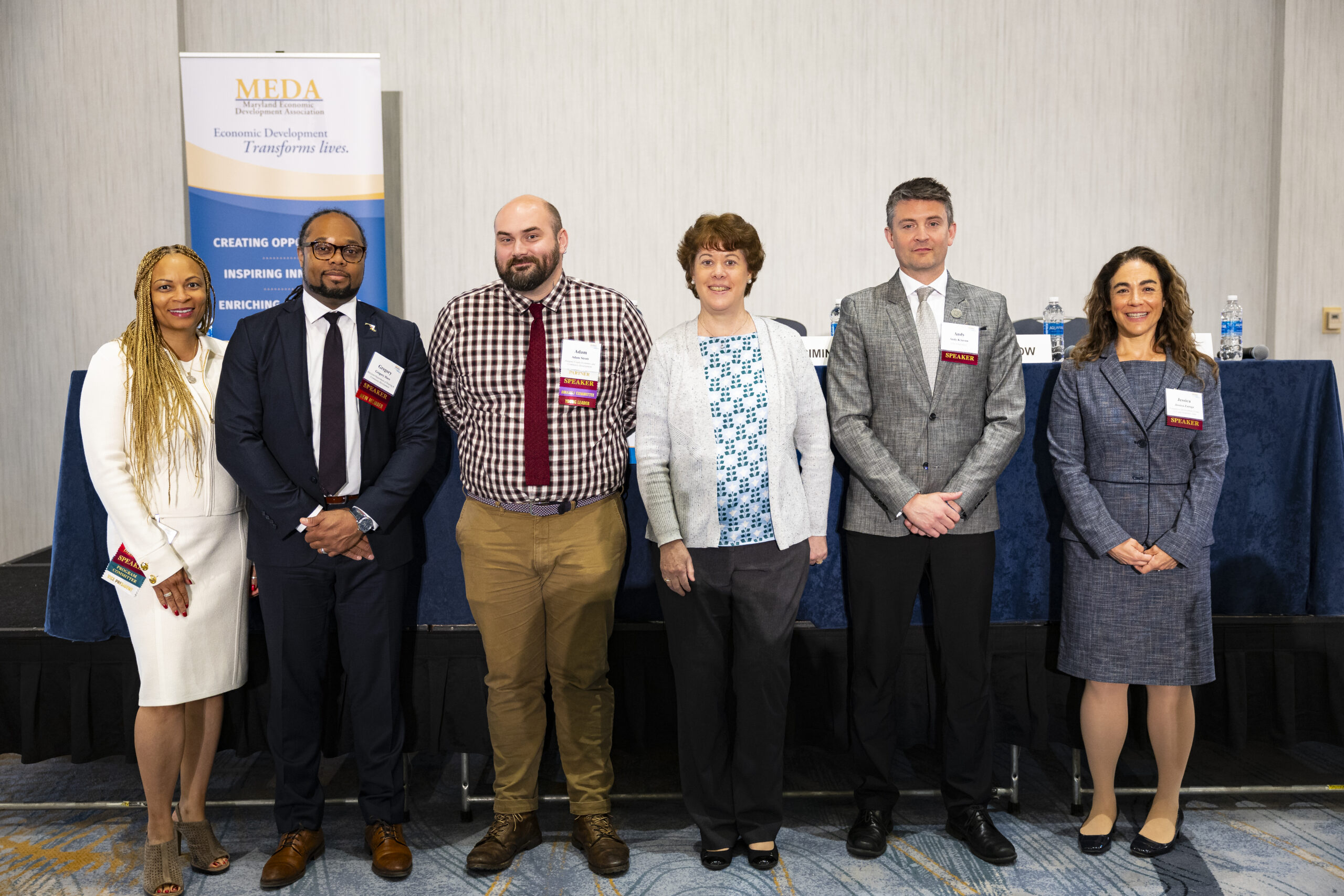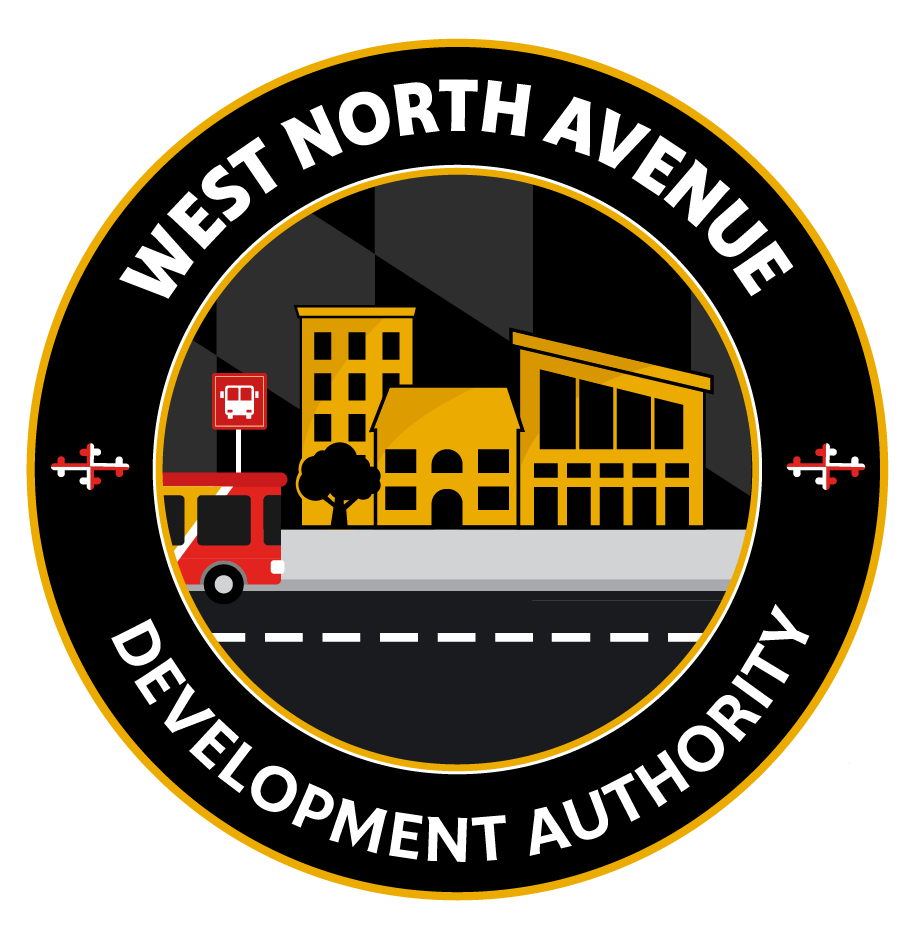Guest Blog: Addressing Housing Challenges in Maryland: A Collaborative Approach

In Maryland, housing has become a pressing issue felt throughout the economy, prompting communities, businesses, and governments to collaborate on innovative solutions. Housing, as a statewide challenge, is a multifaceted issue with obstacles that vary from county to county and potential solutions that can be equally unique. While some counties have county-wide housing offices tackling the issue, others are banding together multiple offices and agencies to address the issue. In places like Allegany County, this has resulted in housing becoming a purview of the office of Economic and Community Development.
Housing is becoming a crippling workforce issue for employers. The message from businesses is clear, they need places for their workers to live in order to attract and retain the talent they need to thrive. But, when asked who can or cannot live in our communities right now, the “Housing: Where Talent Lies Its Head” panel at the MEDA 2024 Annual Conference was in agreement. As stated by Andy Kitrzow, City Administrator for the City of Salisbury, “Who can live in Salisbury? The people who can afford it.” His tongue in cheek remark highlighting the pain felt by many as housing affordability continues to climb further out of reach for many in our local communities. “Our workforce can’t live here. Low wage workers that we depend on 365 days per year” echoed Kelly Cimino, Director of the Howard County Department of Housing and Community Development.
Affordability is certainly one of the driving factors of the housing challenge, but affordability is relative and not isolated to home ownership. Affordable rent is a challenge faced by many in the market, even those already renting. As rent prices have continued to rise, along with all other expenses, residents may get priced out of their rental units. In Howard County, renters make up about 30% of the market. Combining the high demand with a tight rental market, averaging around 2.8% vacancy rate, competition for available units is stiff.
Other housing challenges include livable housing and housing supply. In Allegany County, Adam Strott, Economic Development Specialist for Allegany County Economic & Community Development, notes that they have affordable units but many of those units are in poor condition and no longer livable. Providing livable homes that give dignity to residents in critical in retaining the County’s declining population. Housing priorities in Allegany center around redevelopment of historic and existing structures, development of land, and providing support for necessary renovations for people to safely remain in existing structures. Communities unable to fix existing units, demolish crumbling structures, and redevelop face issues of hypervacancy.
Salisbury is focused on moving fast to increase its available supply with recent initiatives like Horizon and Here is Home. As Kitzrow noted, “[Salisbury] has the demand and they have the blueprint.” To move quickly but effectively “you have to know who in the community wants to development and what they need” in order to work together to create programs that fit a specific community. The increase in housing supply will also help to put downward market pressure on prices.
As Jessica Zuniga, President & Founder of the Foundation Development Group LLC, and Humphrey Man, highlighted, developers are in a difficult position too. With rising interest rates, what was originally a workable development deals turns into a non-workable deal by the time it comes to closing. Hurdles, such as lengthy approval processes, further slow down development once a deal is reached.
Many creative solutions are in progress around the state. In Howard County, they are capitalizing on the aspects of the county that draw people in in the first place, namely a sense of community. The new Patuxent Commons seeks to build on the desire for community by offering a 76-unit, mixed income apartment complex geared toward creating an integrative community for adults with disabilities. 25% of the units will be set-aside to serve individuals with disabilities with the remaining units targeted to seniors, families, and individuals.
In other areas, grant funding provides opportunities to reduce development costs that can be passed directly to the consumer in the form of lower housing prices. The initiatives, incentives, and programs are as unique as the communities they serve: housing trust funds, payment in lieu of taxes, tax credits for structural rehabilitation, down payment and closing cost assistance, financial support for rental security deposits and first months recent, community college student rent subsidies, renovation support for aging homes, and the list goes on…
One thing is clear, the housing challenges faced around the state will not be resolved in isolation. As challenges mount, key change agents acknowledge the need for creative and collaborative partnerships to find viable solutions geared to address the unique challenges of each local community. Potential partners in this journey include non-profits, local and statement government agencies, developers, and businesses.
Ultimately, housing affordability isn’t just about finding a place to live; it’s about fostering stable communities, promoting wealth equity, and securing a prosperous future for all Maryland residents.
Written by Sarah Guy, PhD, Principal SG Insights, LLC, MEDA Young Leader



